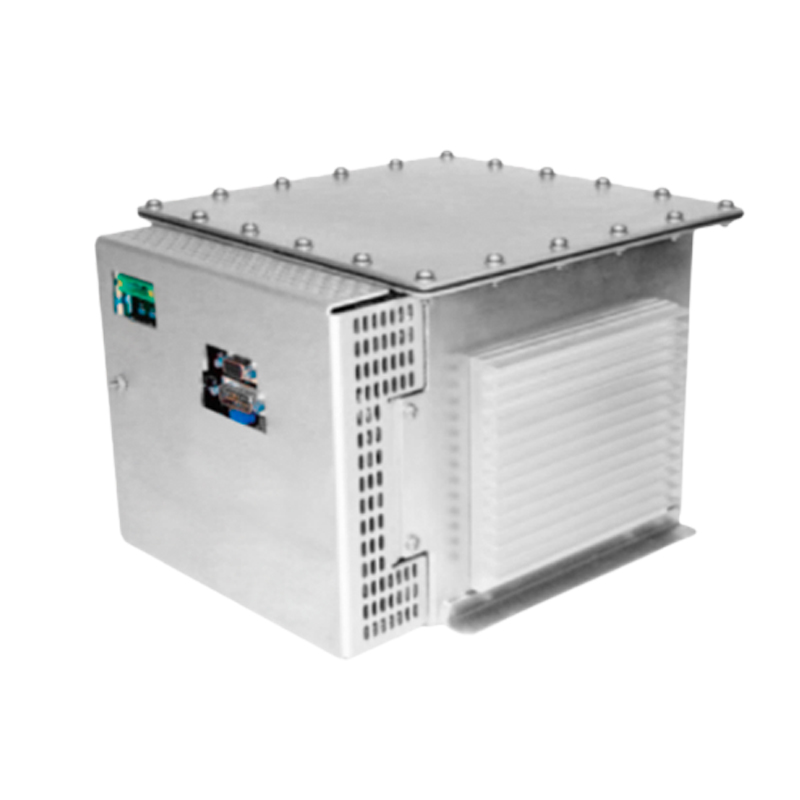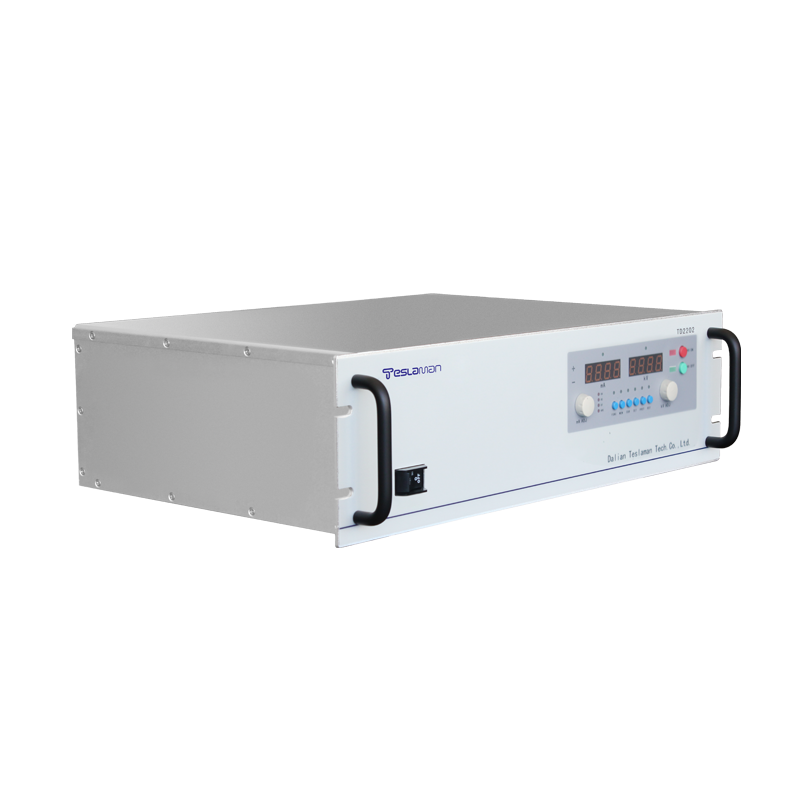Application of High Voltage Power Supply in Inkjet Printing
Inkjet printing technology has become a crucial technology in modern printing and manufacturing industries, widely used in various fields such as label printing, packaging, biomedical applications, and electronics manufacturing. The successful implementation of this technology relies on the pivotal role of high voltage power supplies in driving inkjet printheads, controlling inkjet processes, and maintaining print quality. This article delves into the application of high voltage power supplies in inkjet printing and their vital role in enhancing print quality, production efficiency, and sustainable manufacturing.
**Introduction to Inkjet Printing Technology**
Inkjet printing technology is a digital printing method that involves the atomization and ejection of liquid ink through tiny nozzles onto a printing surface. This process is managed by high-precision control systems, enabling the production of high-quality images and text. Key components of inkjet printing technology include ink supply systems, printheads, and power supply systems.
**Applications of High Voltage Power Supplies in Inkjet Printing**
High voltage power supplies play multiple crucial roles in inkjet printing, including:
1. **Printhead Actuation**: Inkjet printheads typically employ piezoelectric effects to eject ink droplets, where high voltage power supplies provide the required electric field strength to induce the deformation of piezoelectric elements and propel the ink droplets. The precise control capabilities of high voltage power supplies are paramount as they determine ink flow rates and printing accuracy.
2. **Inkjet Control**: Inkjet printing systems rely on high voltage power supplies to precisely control the timing and placement of ink ejection. By adjusting the output of the high voltage power supplies, high-resolution images and text printing can be achieved, ensuring that each ink droplet lands in the correct position.
3. **Ink Quality Control**: High voltage power supplies are also used to maintain the quality and consistency of ink. By controlling the electric field of the printhead, clogging of the nozzles and oversize ink particles can be prevented, ensuring the stability of print quality.
4. **Coordination of Multiple Printheads**: Many inkjet printing systems incorporate multiple printheads that can work simultaneously to increase production efficiency. High voltage power supplies need to effectively coordinate and synchronize the operation of these printheads to prevent interference and conflicts.
**Application Fields**
Inkjet printing technology finds wide-ranging applications in various fields, including:
1. **Label Printing and Packaging**: Inkjet printing is used for printing labels, packaging boxes, and packaging materials, providing high-resolution identification and images.
2. **Biomedical**: In the biomedical field, inkjet printing is employed to manufacture biochips, medical devices, and drug dispensing systems.
3. **Electronics Manufacturing**: Inkjet printing is used to print electronic circuits, conductive materials, and liquid crystal displays.
4. **Textile and Ceramic Printing**: In textile and ceramic industries, inkjet printing is utilized to create personalized patterns and designs.
**Advantages and Challenges**
Inkjet printing technology offers various advantages, including high resolution, fast production, and digital flexibility. However, it also faces challenges such as printhead maintenance, ink costs, and the need for precise control of high voltage power supplies.
**Conclusion**
High voltage power supplies play a pivotal role in inkjet printing technology by providing precise electric field control, ensuring the proper operation of inkjet printheads and print quality. This technology has broad applications, contributing significantly to improved print quality, enhanced production efficiency, and the advancement of digital manufacturing. As high voltage power supply technology continues to evolve, inkjet printing technology will continue to play a crucial role in various fields, meeting the growing demands of the printing and manufacturing industries.




















